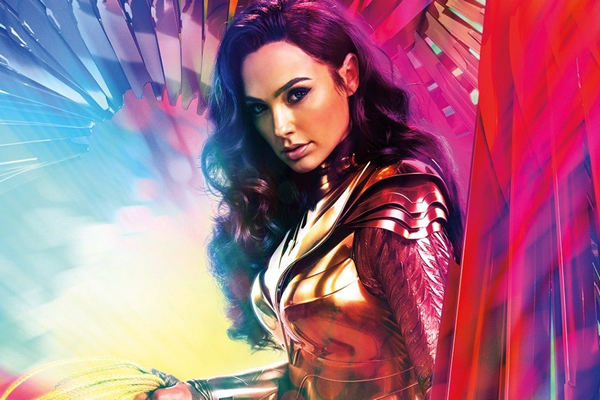With the release of “Wonder Woman 1984” on Christmas Day, a whole new generation of queer fans will be able to connect to the iconic DC superhero through a campy, nostalgic lens – something countless GenX-ers hold near and dear in their memory, thanks to the ‘70s TV show starring Lynda Carter.
The character herself, of course, predates that series by decades. Debuting in DC’s “All Star Comics #8” in 1941, she was quickly embraced by readers, and soon became a star in her own right. In “official” mythology, she was sculpted from clay by her mother, Queen Hippolyta of the island nation Themyscira, and given life as an Amazon princess before joining the outside world in its battle against the Axis powers of WWII. Those details have been retooled from time to time over the years, adapting it to the needs of an ever-evolving canon and the changing cultural tides of time; but her essence has remained the same – a strong, confident, and independent female character who can not only stand as an equal among men but outthink and outperform most of them without even breaking a sweat.
As such, she has been embraced as a feminist icon – though in the early years, many (mostly male) readers and critics dismissed her as a representation of the “angry, man-hating lesbian,” an interpretation undoubtedly stoked both by her provenance as a member of an all-female society and a heavy dose of fragile masculine ego. As years have gone on, however, that view has been mostly eclipsed by an acceptance of Wonder Woman as a symbol of feminine empowerment and equality.



